
Oli Dugmore 4am - 7am
11 June 2023, 13:02
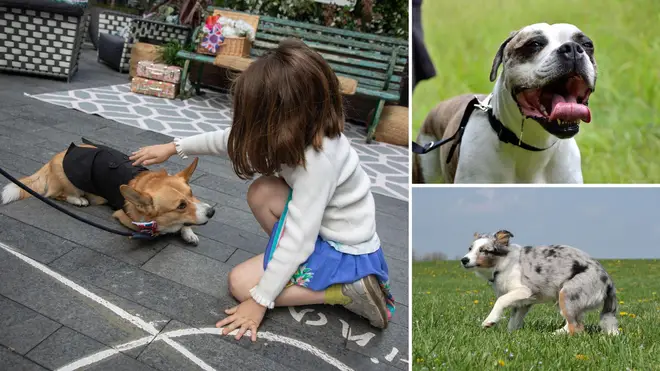
A leading dog charity has warned that there is likely to be an increase in dog attacks on children as the summer holidays approach.
Attacks increase throughout summer - with children particularly at risk - as cooped up children with dogs become “more and more fed up”, the charity Dogs Trust has told LBC.
Speaking to LBC, Deputy Director of Community Education and Engagement Maria Murray explained that the increase can be linked to children being unable to pick up a dog’s body language when it does show signs of aggression.
“With adults we have a little bit better of an idea of ‘the dog’s showing it’s not happy, let's back off’. Although we know that still needs to get much better, a child of five, six, seven years old isn’t able to make that choice.
“We also see that dog bites on children go up over the summer – when children are around their dog over the long summer holiday.
“We can anticipate that the dog is just going to get more and more fed up over the summer and be showing those signs that are being ignored and that’s when it can result in aggression.”
The stark warning comes during Child Safety Week, which is an annual campaign dedicated to raising awareness about child safety and promoting measures to protect children from harm.
Listen and subscribe to Unprecedented: Inside Downing Street on Global Player
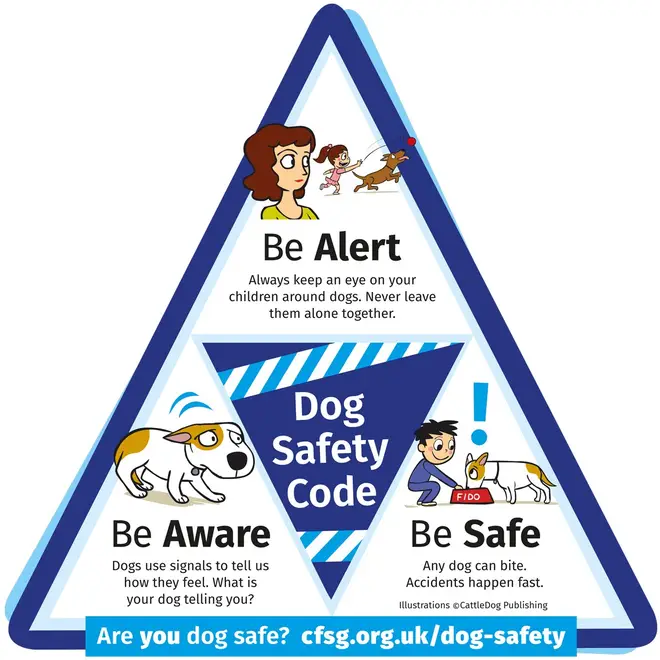
Another reason behind an increase in attacks has been linked to the boom in pandemic puppies during Covid lockdowns.
The latest survey from the British Veterinary Association (BVA) has revealed that half of vets in the UK reported a rise in the number of clients concerned about their dogs’ aggressive behaviour over the last 12 months, the majority of which were dogs under three years of age.
BVA Senior Vice President Dr Justine Shotton told LBC: “It is estimated around 3.2 million households in the UK acquired a pet in the first year of the pandemic.
“Statistics show that pandemic puppy owners were more likely to be first-time dog owners, were less likely to seek out a breeder that performed health testing on their breeding dog(s), or view their puppy in-person.
“Combined with reduced access to vital training and socialisation opportunities, we are now starting to see the impact now these puppies have matured.”
Dogs Trust’s Ms Murray agreed, saying: “There’s no evidence that the lockdown puppy boom is what has led to this but we can’t deny the fact that dogs that were purchased during lockdown unfortunately did have less socialisation than dogs in normal times.
“We know that a lack of socialisation in early life can lead to fear or worry and most cases of aggression come from fear and worry so it’s fair to assume there is a connection there.”
Read more: Schoolboy, 11, mauled by 'out of control' dog as woman, 35, arrested and police seize animal
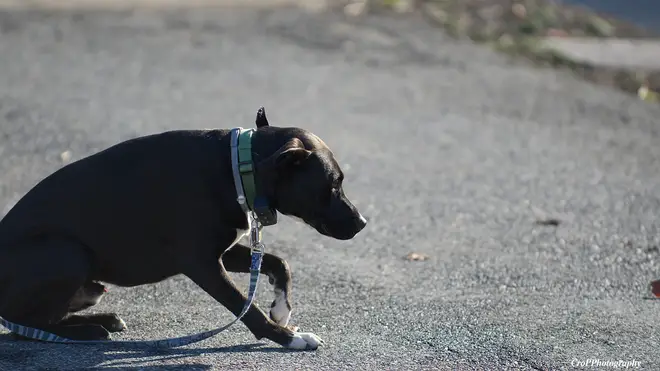
Dogs Trust recommends three S’s to ensure children especially can be kept safe from attacks at home:
Ms Murray said: "As an owner, if you have a dog that you think is worried, then the responsible thing to do is to keep the dog on the lead whenever you’re out in public to protect other dogs and people.
"Also, look at a muzzle training programme. You don’t want to put a muzzle on your dog straight away – that can be just as worrying – but we can help with a programme where, over a period of weeks, your dog can learn to wear a muzzle.
"It really comes back to owner education and owners being responsible. We know that there's no particular breed of dog that is more prone to aggression than another."
“Dogs can’t speak our language so we have to learn to speak theirs and that is the body language they show us,” Ms Murray said.
According to the PDSA, signs that a dog has become aggressive include:
Even prior to these actions, a dog can visibly become anxious or uncomfortable, triggering more aggressive behaviour.
Signs a dog is anxious include:
“If you are starting to spot signs that your dog is worried regularly by something, seek advice,” Dogs Trust's Ms Murray explained.
“The first port of call is your vet and they can recommend on from there. Dogs Trust do also have a free service – our behaviour support line – and we’ve got qualified behaviourists on the end of the line that are able to speak to owners and really recommend what they can do.
"I cannot stress enough that early prevention is the best thing we can do for our dogs."
Dr Justine Shotton echoed the importance of prevention.
“Don’t wait for signs of aggression in your dog, take action now to avoid issues arising,” she said.
“It’s best to only ever use positive training methods and to work with an Animal Behaviour and Training Council (ABTC) accredited trainer who will be able to help owners better understand their dog’s behaviour to ensure they are healthy and happy.
“Also providing dogs with opportunities to socialise with other dogs and people is vital to help reduce anxiety and promote the right behaviours.
“If you have any concerns about your dog’s behaviour, talk to your vet in the first instance.
“They will be able to check for any underlying physical causes for this and refer you to a suitably qualified behaviourist if needed.”
She also called on the government to urgently revise its approach to dog attacks by "enforcing responsible breeding and ownership, as well as focussing its efforts on better education so that owners understand their dog’s behaviour and where to get the right behavioural support”.
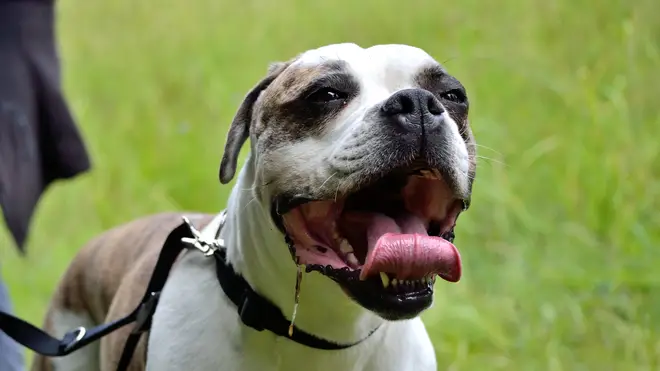
The Met has seized 44 American bulldogs so far this year – almost three times more than the next most common breed, which is the Staffordshire bull terrier crossbreed, according to The Guardian.
But both Dogs Trust and BVA insist that there is no particular breed of dog that is more prone to aggression than another and the focus should be more on training your pet in the right way.
“Research absolutely shows that a small toy dog can be just as aggressive as big dog,” said Ms Murray. “It really is about how owners go about training and preventing incidents.”
She said owners need to be held more accountable for their dog’s behaviour, which is why the charity “campaigned for years and passed in parliament compulsory microchipping”.
The BVA’s Dr Shotton said: “Any dog, of any size or breed, has the capacity to react or behave in an aggressive way, particularly if they haven’t been properly socialised and trained, or if they are scared or in pain.
“Do your research, ensure you are able to meet the welfare needs of the dog you wish to purchase and work with a ABTC accredited trainer to better understand your dog.”
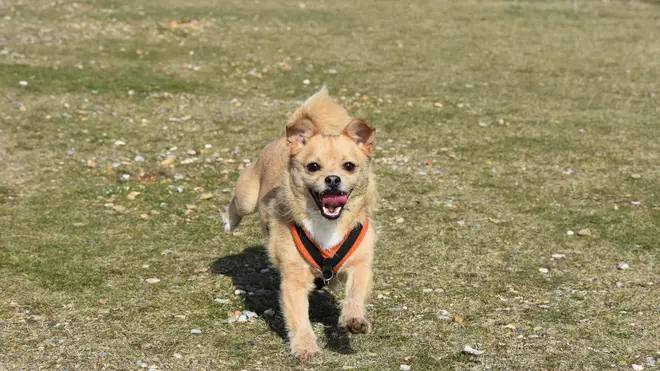
According to the PDSA, there are four things that you should do if you are attacked by a dog: